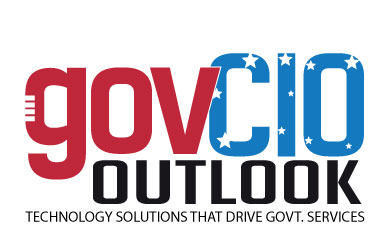Welcome back to this new edition of Gov CIO Outlook !!!✖
June- 201919GOVERNMENT CIO OUTLOOKO ver the last three decades, advancement in information and communication technologies significantly changed the way we interact and conduct business. The introduction of the World Wide Web in the mid-90s began the new era of exchanging information on an online platform that prompted government organizations worldwide to harness the use of this new technology to share information, collect public feedback, and improve customer engagement. Ever since then, public administration has been tasked with making information and services accessible electronically, making e-governance an integral part of public sector transformation. Anyone who has access to the computer and internet could avail government services from the comfort of their homes such as applying for a passport, submitting tax forms, renewing vehicle registration, and requesting business permits without standing in a line or filling paper forms. The ultimate goal of e-governance is to create a foundation for transparent government, improve citizen engagement, and build public trust by simplifying the exchange of information using information and communication technologies. Delivering services over the internet have proven to be less expensive than providing them in-person. The Government Paperwork Elimination Act of 2003 required federal agencies to provide options to use electronic forms, electronic filing, and electronic signatures to conduct business with the public. This initiative set the foundation for electronic government and made services E-GOVERNANCE SUSTAINABILITYPrasad C Mahale, Deputy Chief Innovation Officer, City of RiversideByPrasad C MahaleCXOINSIGHTS
< Page 9 | Page 11 >
< Page 9 | Page 11 >
